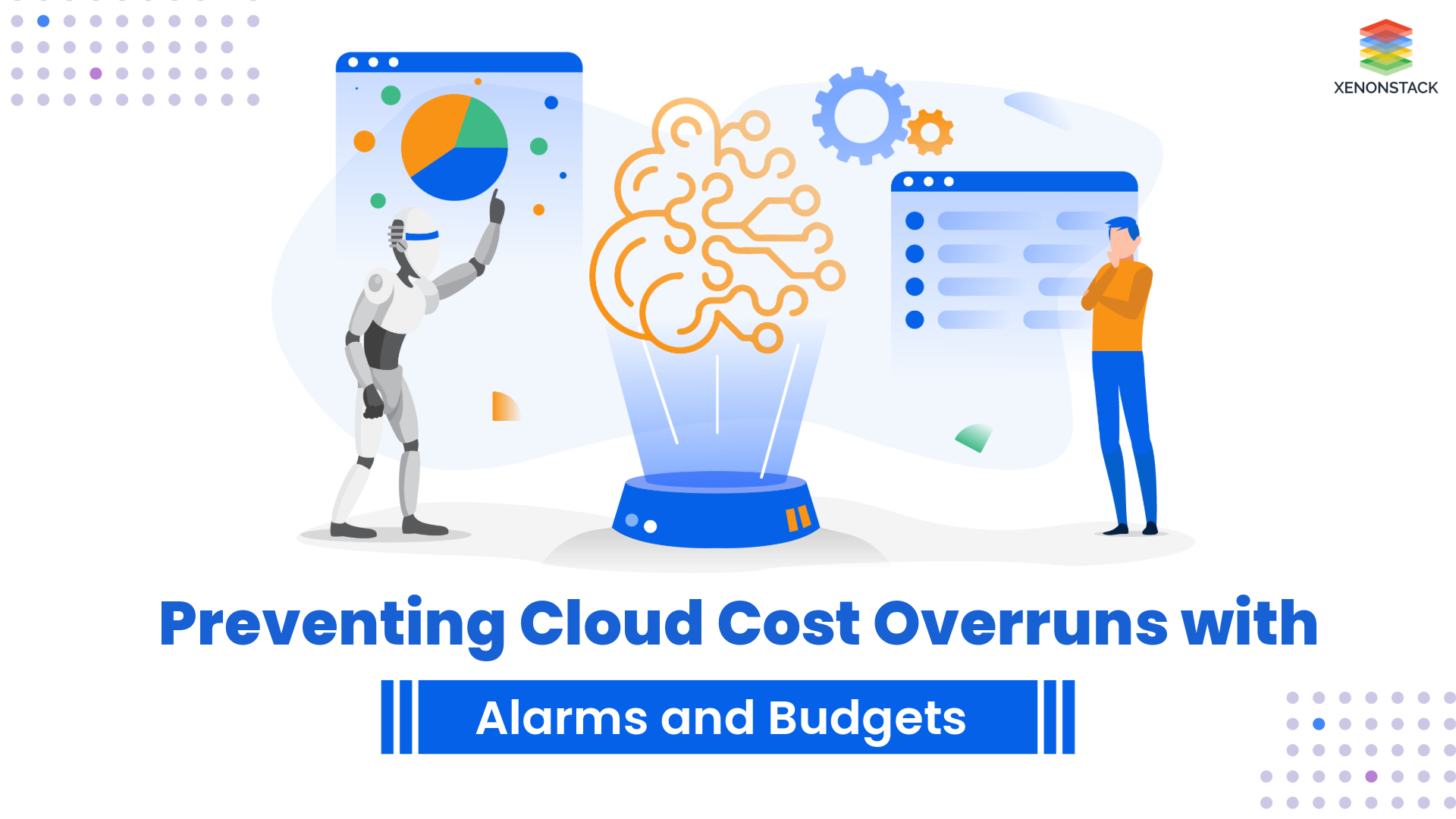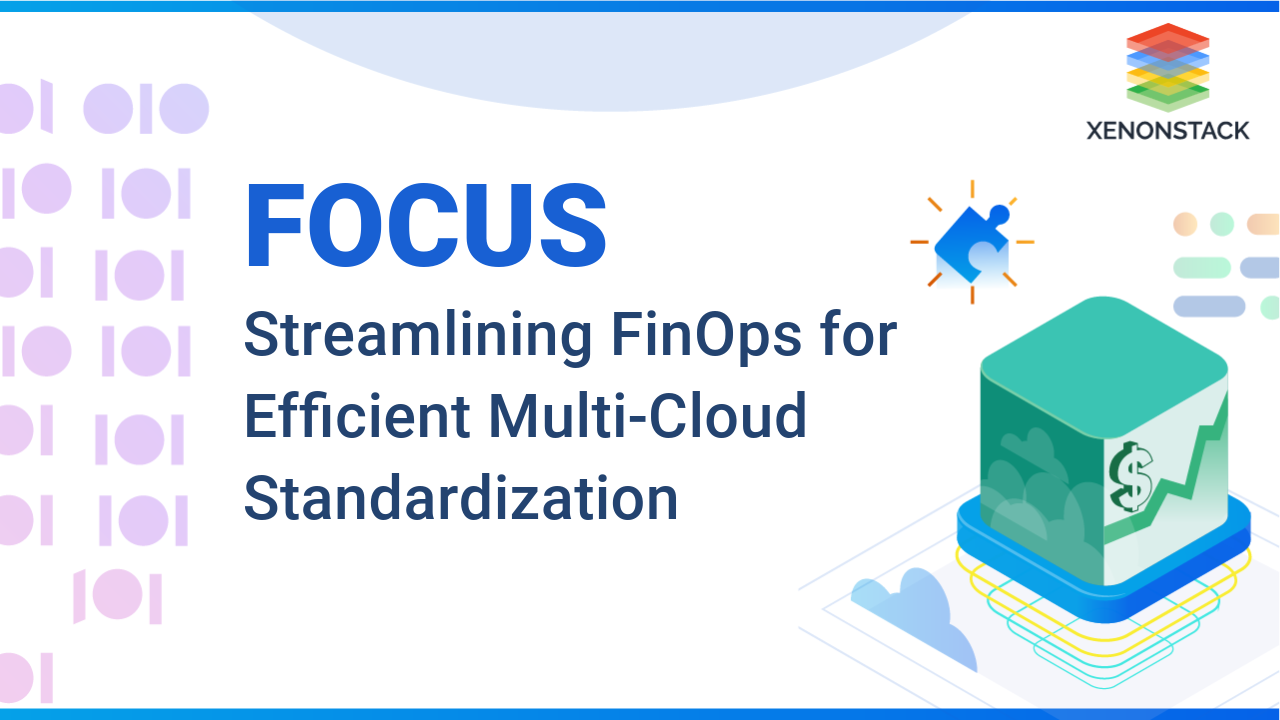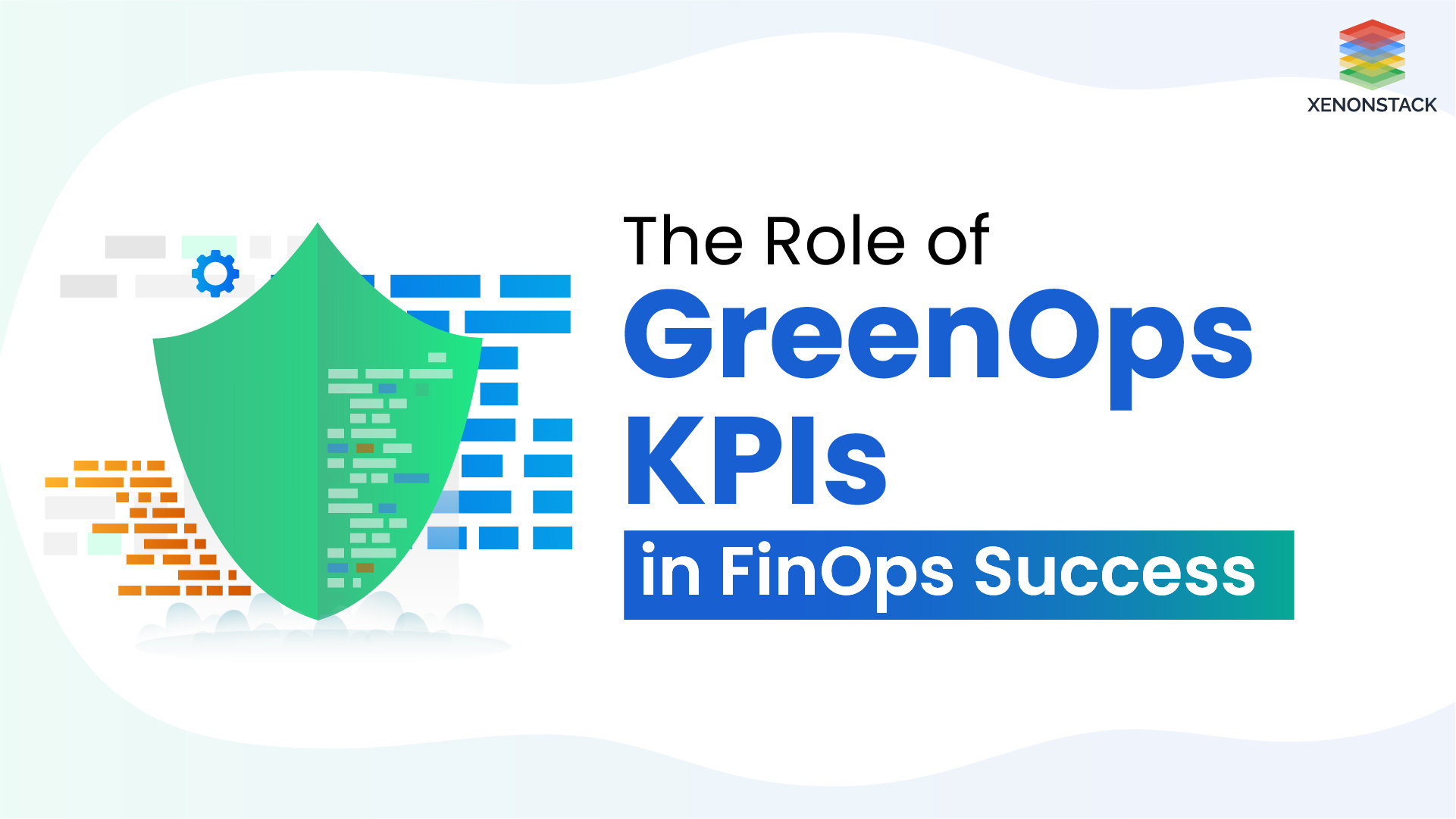
Introduction
In the fast-paced realm of cloud computing, where agility, scalability, and flexibility are paramount, cloud cost management has emerged as a critical concern for businesses and organizations. The cloud offers unparalleled advantages but presents a unique set of challenges, one of the most prominent being the management of cloud cost anomalies.
Often elusive and unpredictable, cloud cost anomalies can shock an organization's budget. These anomalies represent unexpected or irregular spikes in cloud expenditures that can have a cascading impact on your financial resources. Identifying, understanding, and effectively managing these anomalies is pivotal in achieving cost efficiency, optimizing resource allocation, and ensuring that cloud spending aligns with your organization's financial goals.
This will delve into the multifaceted world of managing cloud cost anomalies. We will explore the reasons behind their occurrence, potential ramifications, and the strategies and best practices for identifying and mitigating these anomalies. By the end, you will have the knowledge and tools to navigate cloud cost management's intricacies and keep your cloud spending on track.
How to Detect Cloud Cost Anomalies?
Detecting cloud cost anomalies is crucial in managing your cloud expenditure effectively. Anomalies can significantly impact your budget and, if left unattended, lead to unnecessary overspending. Here are some strategies and methods to help you detect cloud cost anomalies:
- Utilize Cloud Cost Monitoring Tools: Cloud providers offer native cost monitoring and management tools. Examples include AWS Cost Explorer, Google Cloud Cost Management, and Azure Cost Management. These tools provide detailed insights into your spending patterns, making it easier to spot anomalies.
- Leverage Third-Party Cost Management Solutions: Consider using third-party cloud cost management solutions that offer more advanced features and analytics. These tools often provide greater visibility and customizable alerting options.
- Set Budget Thresholds: Establish budget limits for your cloud spending, such as computing, storage, and data transfer. When your actual spending exceeds these thresholds, you'll receive notifications.
- Use Cost Allocation Tags: Implement cost allocation tags to categorize and label cloud resources by project, team, or department. This helps in identifying which areas are contributing to unexpected costs.
- Analyze Historical Data: Compare your current spending with historical data to identify irregularities. Sudden spikes or drops in costs can be indicative of anomalies.
- Configure Alerts: Set up alerts within your cost monitoring tools to receive immediate notifications when unusual spending patterns are detected. This proactive approach allows you to take timely corrective action.
- Regularly Review Reports: Review detailed cloud cost reports regularly. Look for variations in spending across different services, regions, or periods.
- Employ Machine Learning and AI: Some advanced cloud cost management tools use machine learning and AI to identify anomalies automatically. These systems can analyze large datasets and pinpoint irregularities that may be difficult to detect manually.
- Cross-Reference with Operational Metrics: Correlate cloud cost data with operational metrics. Anomalies in operational metrics, such as increased traffic or higher resource utilization, can be associated with cost anomalies.
- Collaborate with Your Team: Encourage open communication to identify changes in cloud resource requirements or project priorities that may contribute to cost anomalies.
- Implement Governance Policies: Enforce cloud governance policies that dictate resource allocation, usage, and spending limits. Regularly review and update these policies to adapt to changing requirements.
- Engage in Cost Reviews: Conduct periodic cost reviews with relevant stakeholders to discuss spending patterns and identify potential anomalies. These discussions can lead to actionable insights.
How to Manage Cloud Cost Anomalies?
To manage cloud cost anomalies, you can follow these steps:
- Set transparent budgets and limits. This will help you to track your spending and identify any anomalies early on. You can use cloud cost monitoring tools to set up budgets and limits and to receive alerts when your spending exceeds those limits.
- Use anomaly detection tools. Anomaly detection tools can identify unusual patterns in your cloud spending data, even if apparent factors do not cause them. This can help you identify anomalies you might not otherwise be able to see.
- Investigate anomalies promptly. Once alerted to an anomaly, it is essential to investigate the cause as soon as possible. This will help you minimize the anomaly's financial impact and prevent similar anomalies from occurring in the future.
- Implement corrective actions. Once you have identified the cause of an anomaly, please take steps to resolve it. This may involve correcting misconfigurations, scaling back your usage, or implementing security measures.
- Monitor your spending regularly. It is essential to periodically review your cloud spending patterns to identify trends or anomalies. This will help you to identify potential problems early and to take steps to prevent them from causing financial surprises.
Managing Cloud Cost Anomalies
Here are some additional tips for managing cloud cost anomalies:
- Set transparent budgets and limits. Set up budgets and limits in your cloud cost monitoring tool to track your spending and identify anomalies early on.
- Use anomaly detection tools. Anomaly detection tools can help you identify unusual patterns in your spending data, even if apparent factors do not cause them.
- Investigate anomalies promptly. Once you have been alerted to an anomaly, investigate the cause immediately. This will help you minimize the anomaly's financial impact and prevent similar anomalies from occurring in the future.
- Implement corrective actions. Once you have identified the cause of an anomaly, please take steps to resolve it. This may involve correcting misconfigurations, scaling back your usage, or implementing security measures.
- Monitor your spending regularly. Regularly review your cloud spending patterns to identify any trends or anomalies. This will help you to identify potential problems early and to take steps to prevent them from causing financial surprises.
Conclusion
Cloud cost anomalies are unexpected spikes in cloud spending that various factors, such as misconfigurations, unexpected usage spikes, security breaches, and new workloads, can cause. It is essential to detect, analyze, and resolve cloud cost anomalies quickly and effectively to avoid overspending and financial surprises.
Some tools and techniques can be used to detect and analyze cloud cost anomalies, including cloud cost monitoring tools, anomaly detection tools, and budgeting and forecasting tools. Once the cause of a cloud cost anomaly has been identified, corrective actions can be taken to resolve it, such as correcting misconfigurations, scaling back usage, implementing security measures, and optimizing workloads.
Organizations should also take steps to prevent cloud cost anomalies from happening in the first place by implementing cloud cost management best practices and monitoring their cloud spending regularly.


